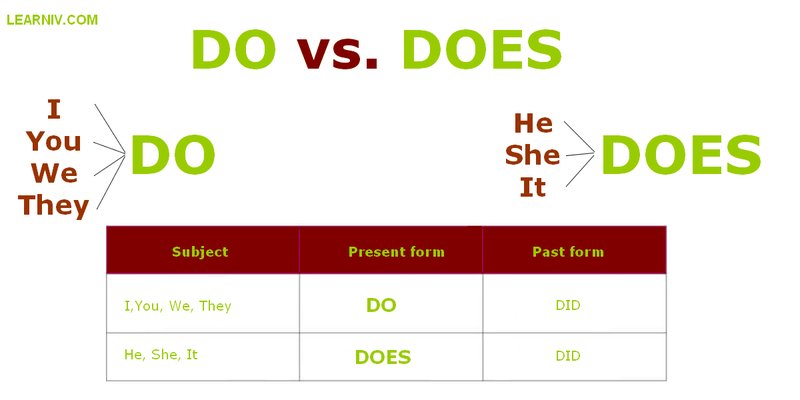
The E2 error code can be bewildering, especially if you’re not familiar with microwave jargon. Essentially, it’s like your microwave’s way of waving a little red flag to get your attention. This code is signaling you that there’s a problem, and your microwave needs a bit of TLC before you can get back to your popcorn or hot cocoa. Let’s break down what this error means, why it happens, and how you can go about addressing it without breaking a sweat.
Understanding the E2 Error Code
So what exactly does the E2 error code mean on your Whirlpool microwave? Simply put, this code often appears when there’s an issue with the temperature sensor. Think of this sensor as the microwave’s thermometer—it’s responsible for regulating the correct heating levels while your food cooks. When something goes awry with this sensor, the microwave can’t trust its own readings, leading to that pesky E2 error code.
Imagine you’re driving a car and the fuel gauge stops working. You wouldn’t really know how much gas you have left, right? It’s similar here—the microwave doesn’t have a reliable way to measure how hot it’s getting. Without this crucial information, it can’t function properly because it risks overheating or underheating your food. The E2 error is your microwave’s way of telling you to check things out before proceeding.
This code might seem daunting at first, but don’t worry—it’s a common issue that often has a straightforward fix. Sometimes, all it takes is a simple reset, but other times you might need to dig a little deeper. With a bit of patience and the right guidance, you’ll be back to heating up your meals in no time.
Common Causes of the E2 Error Code
Now that we know the E2 error code is related to the temperature sensor, let’s dive into what might cause this issue in the first place. Sometimes, it’s just a temporary glitch, like when your computer acts up and a quick restart solves everything. But other times, there are specific reasons why this error keeps showing up.
One common cause of the E2 error is simply a miscommunication between the sensor and the microwave’s control board. This can happen if there’s a loose connection somewhere along the line, much like a loose headphone jack making your music cut in and out. Over time, the vibrations from regular use or even a slight bump can cause these connections to become unstable, triggering the error code.
Another potential cause could be the sensor itself being damaged or worn out. Like any other component, these parts can deteriorate over time. Think of it as a light bulb that works perfectly until one day it just doesn’t. If the sensor isn’t functioning properly, it can send the wrong signals to the microwave, leading to the E2 code.
Lastly, environmental factors such as moisture or extreme temperatures can also interfere with the sensor’s performance. Just like any electronic device, your microwave prefers a stable environment free from too much moisture or heat. Ensuring your kitchen is well-ventilated can help in reducing such issues.
How to Fix the E2 Error Code
Alright, so you’ve got an E2 error code, and now you’re probably itching to know how to fix it. Let’s walk through some steps you can take to get your microwave back in working order.
First things first, try a simple reset. Unplug the microwave from the power source and leave it unplugged for a good minute or two. Sounds too easy to be true? Sometimes all it takes is a reset to clear out minor glitches, much like rebooting your phone. After a couple of minutes, plug the microwave back in and see if the error persists.
If the reset didn’t do the trick, it’s time to check the connections. Carefully examine the area around the temperature sensor and control board for any loose or damaged wires. Ensure everything is snug and secure. If you’re not comfortable doing this on your own, it might be worth getting a professional to take a look. Safety first, after all!
Should the error continue, the sensor itself might need replacing. You can consult the microwave’s manual for specifics on the part number and instructions for replacing it. If you’re a bit on the handy side, you might tackle this DIY-style. Otherwise, contacting Whirlpool customer support or a certified repair technician is a good idea.
Preventing Future E2 Errors
Now that you’ve tackled the E2 error, how can you prevent it from happening again? Prevention is always better than cure, right? Keeping your microwave in tip-top shape can help avoid these hiccups in the future.
Regular maintenance is key. Just like your car needs an oil change, your microwave benefits from a good cleaning routine. Keep it free of splatters and spills, as leftover food can attract moisture and interfere with the sensor. Wiping it down with a mild cleaner and soft cloth can keep things in good shape.
Position your microwave in a well-ventilated space. Airflow is essential for keeping the internal components cool and functioning optimally. Avoid overcrowding the area around your microwave with other appliances or decor.
Lastly, pay attention to how you use your microwave. Avoid running it empty, as this can cause the components to overheat. Using microwave-safe containers ensures that your food heats evenly without damaging the appliance.
In conclusion, while the E2 error code on your Whirlpool microwave can be a bit of a nuisance, it’s often resolved with a little troubleshooting and care. By understanding what it means and taking steps to address and prevent it, you can keep your microwave in great working order for years to come.